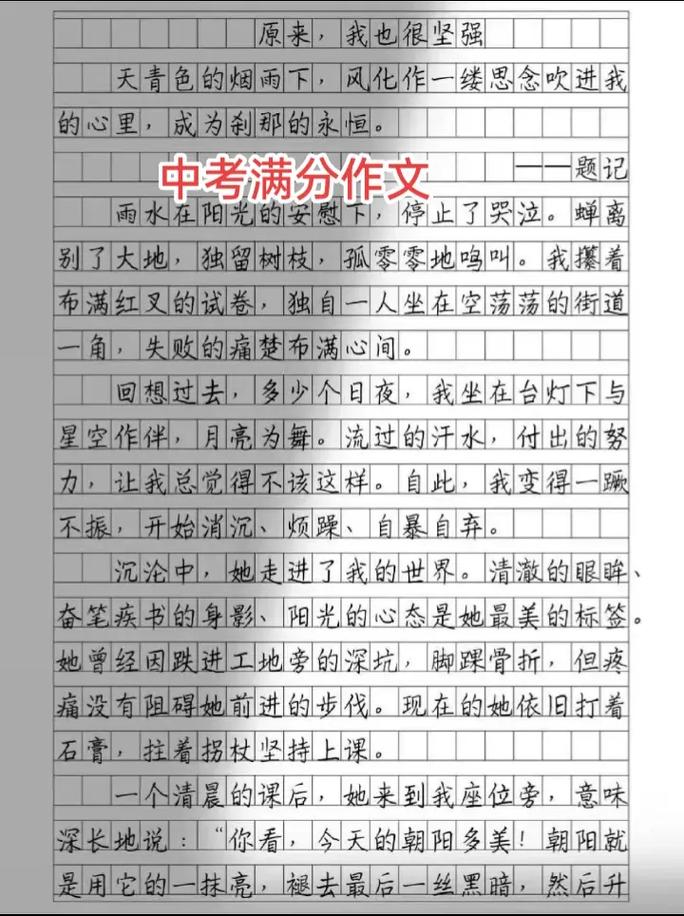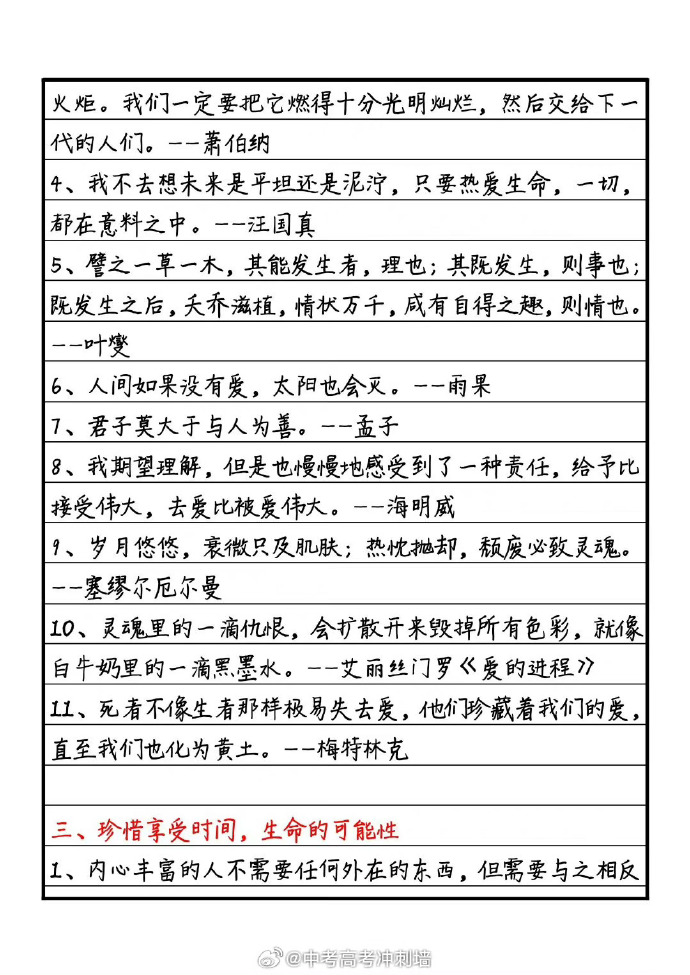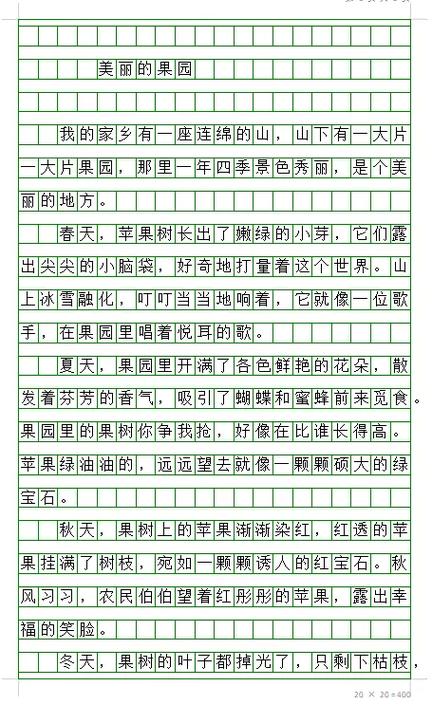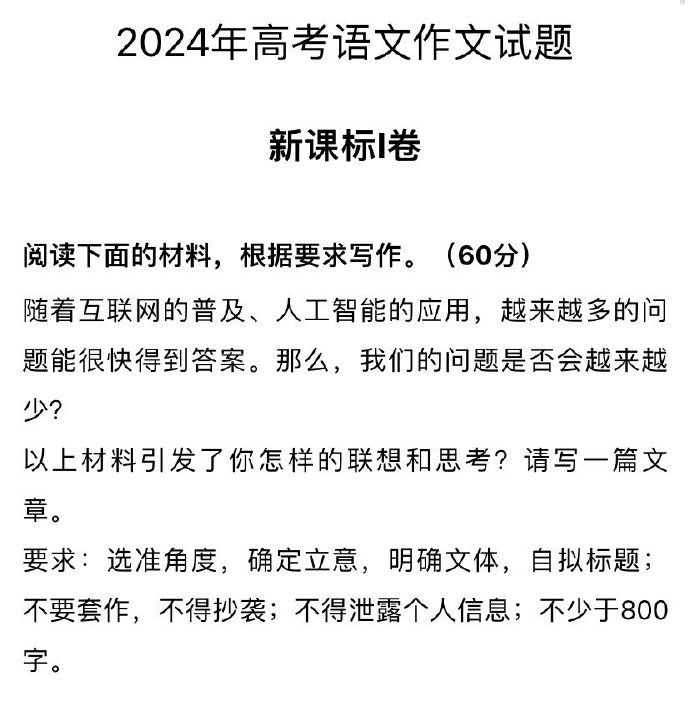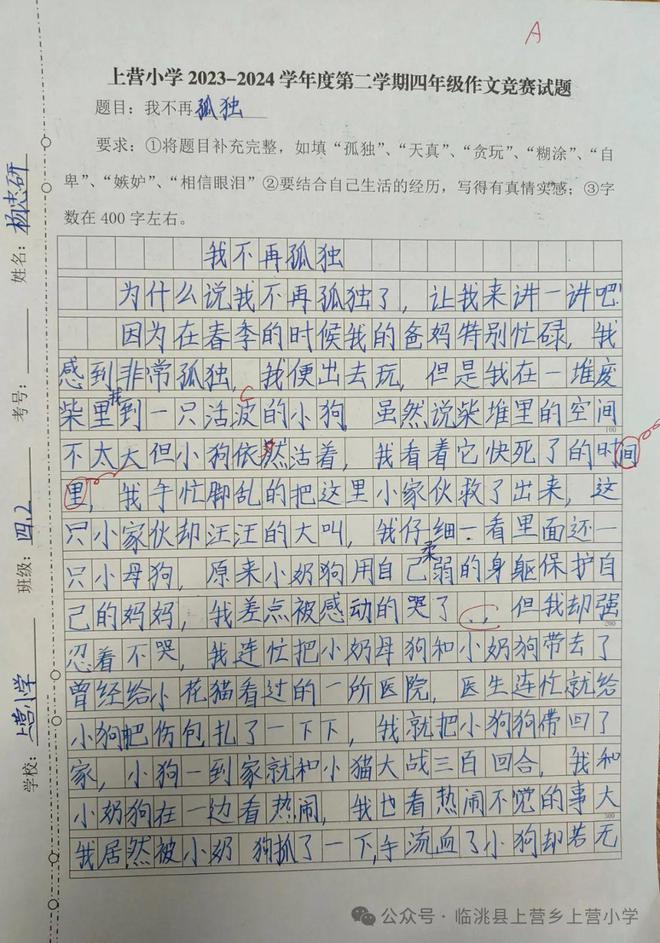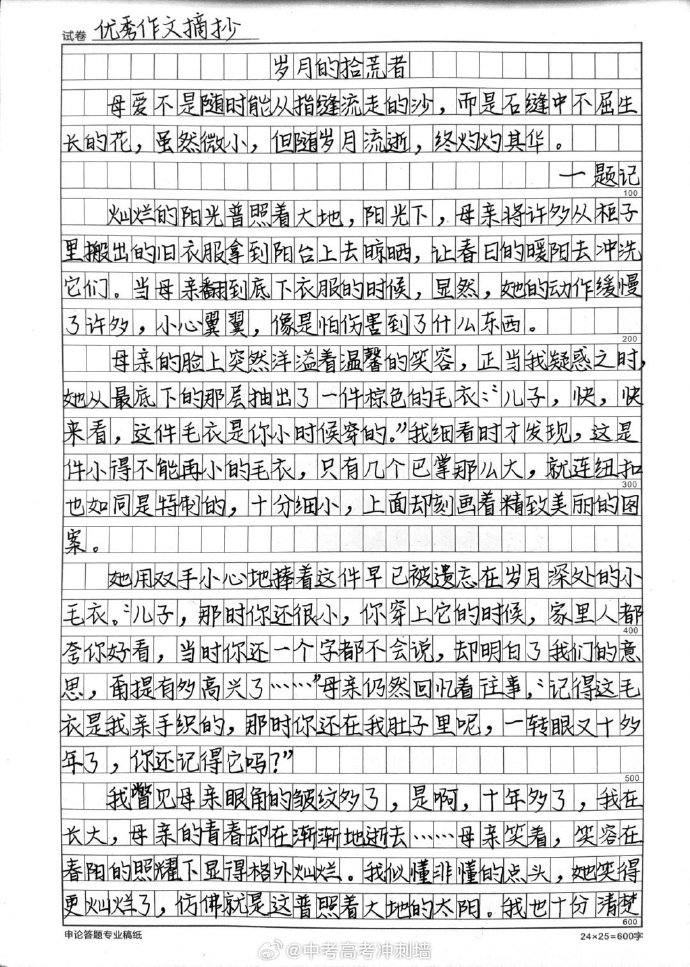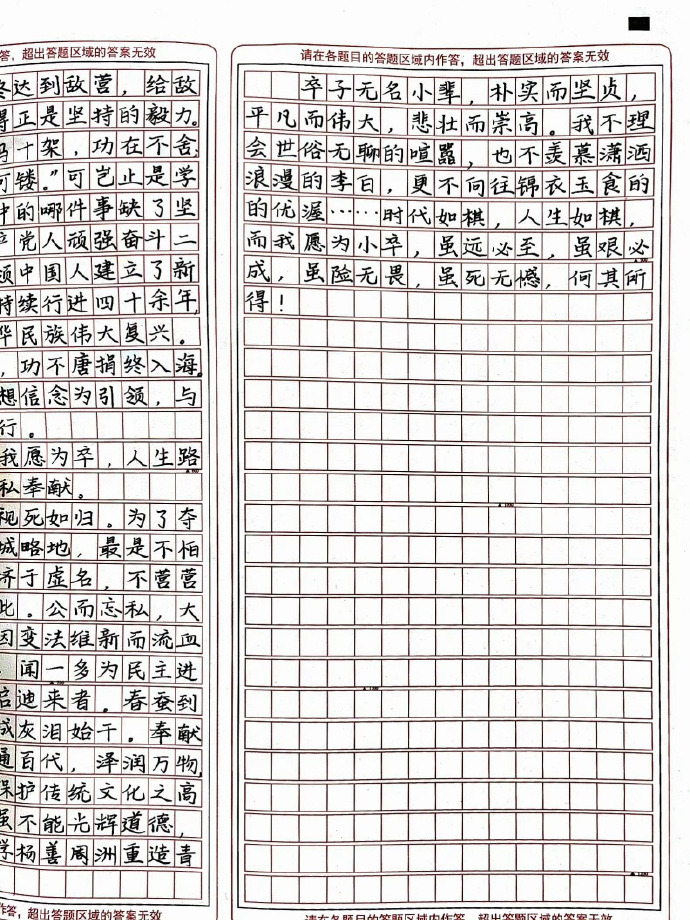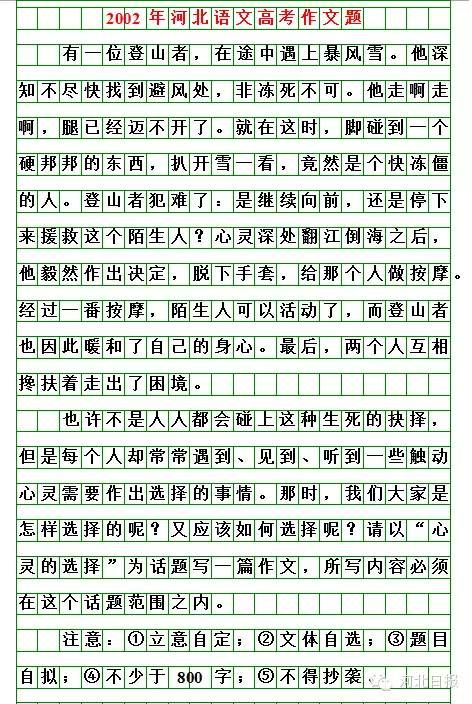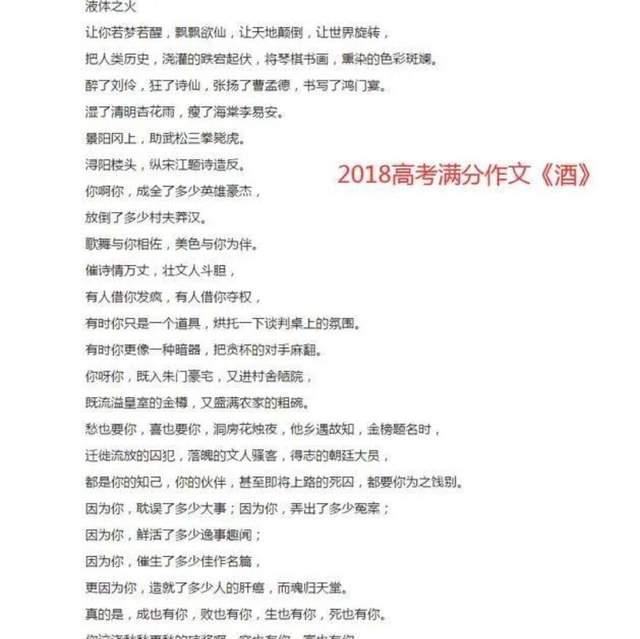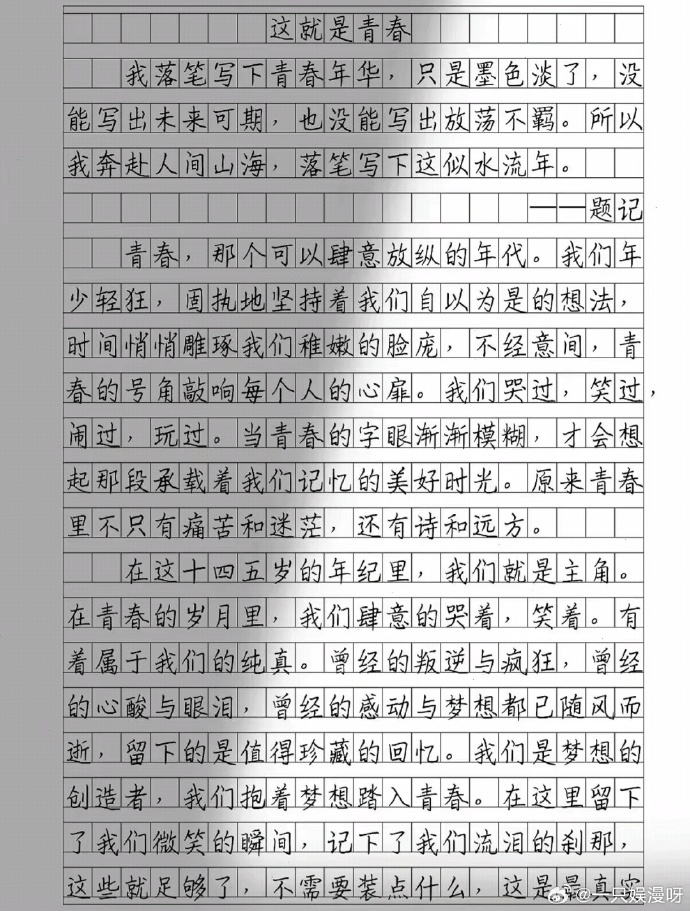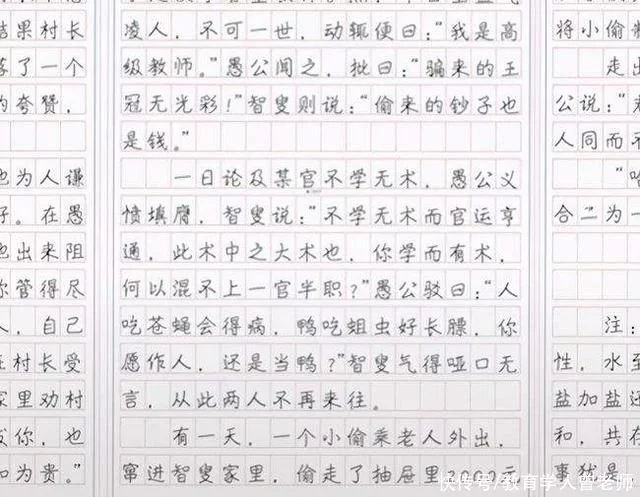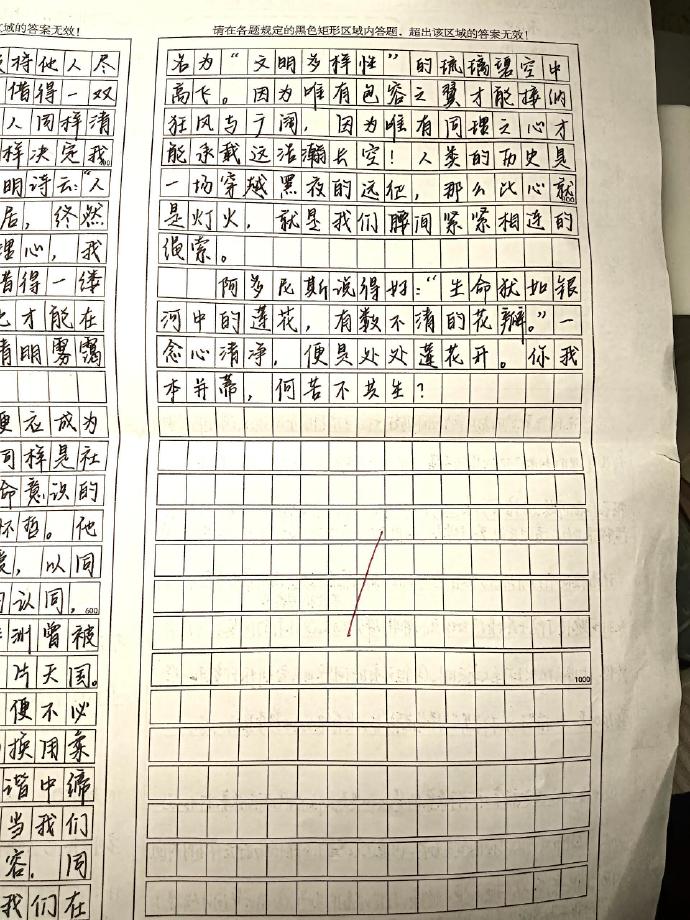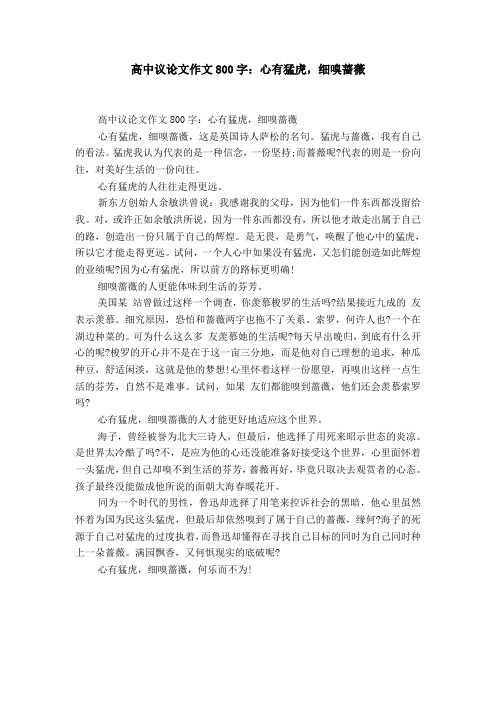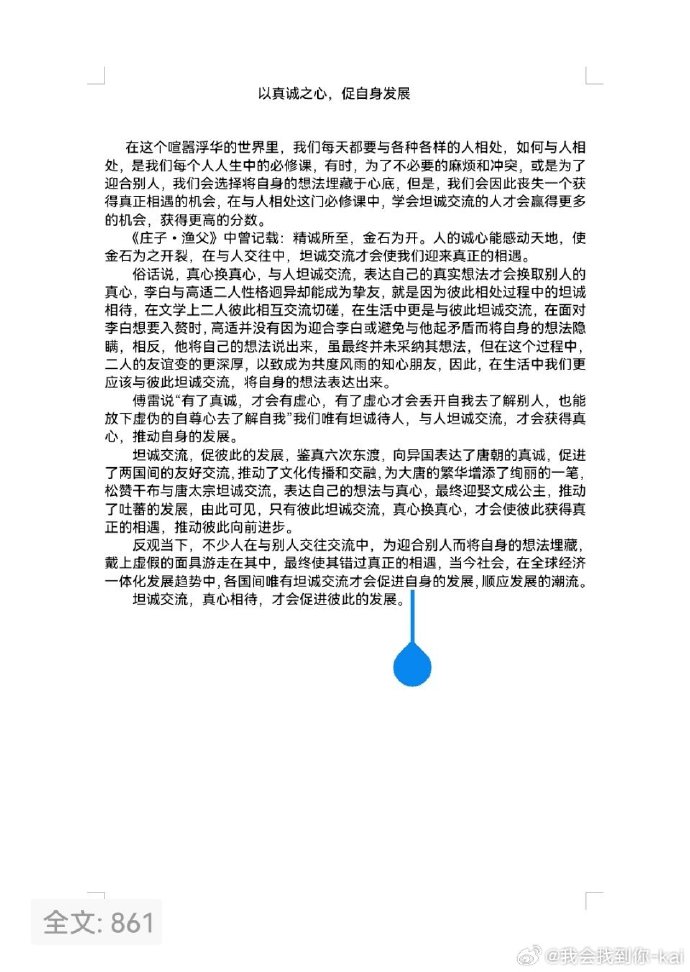春节,又称中国新年,是中国人民最隆重的传统节日之一。每年农历正月初一是春节的开始,这一天家家户户张灯结彩,喜气洋洋。随着中国影响力的不断扩大,越来越多的外国朋友也开始了解并庆祝这一传统节日。本文将围绕“春节英语作文带翻译”这一主题,探讨如何在英文写作中介绍春节,并分享一些实用的翻译技巧。
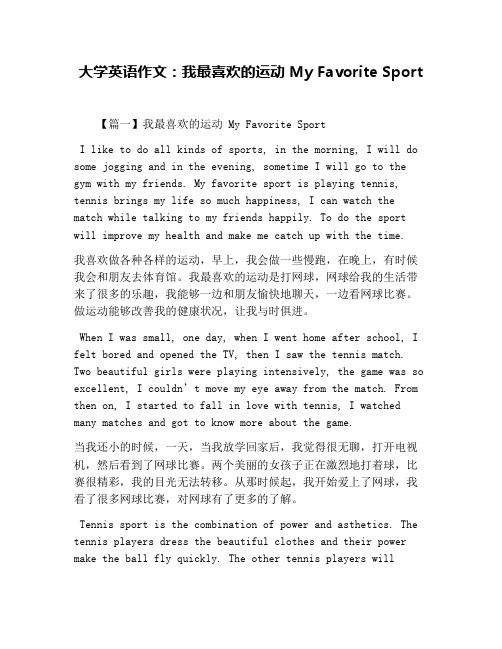
在撰写关于春节的英文作文时,我们需要从以下几个方面入手:节日的起源与意义、庆祝活动以及习俗和传统。这些要点不仅能帮助我们构建出一篇结构清晰的文章,还能为读者提供丰富的信息。
我们来看一下文章大纲:
1.Introduction: Introduce the importance of the Spring Festival (Chinese New Year) in Chinese culture and its significance to the people.
2.The Origin and History: Discuss the origins of the Spring Festival, including myths and legends related to the festival.
3.Celebration Activities: Outline various activities and customs observed during the Spring Festival, such as family reunions, feasts, fireworks, and dragon dances.
4.Customs and Traditions: Describe specific traditions like giving "hongbao" (red envelopes), wearing new clothes, and staying up late on New Year's Eve.
5.Conclusion: Reflect on the cultural impact of the Spring Festival and how it continues to be celebrated worldwide.
现在,让我们根据这个大纲来详细阐述每一个部分。
1.Introduction
The Spring Festival, known globally as Chinese New Year, is a time-honored celebration steeped in rich history and cultural significance. It marks the beginning of a new year on the lunar calendar and is the most significant holiday for the Chinese people, akin to Christmas or Thanksgiving in other cultures. During this period, families gather from near and far to enjoy festivities that last for up to fifteen days, making it one of the longest holidays in the world.
2.The Origin and History
The origins of the Spring Festival can be traced back over 3,000 years to ancient China. According to mythology, the festival began with the story of Nian, a fierce beast that terrorized villagers each winter. Villagers discovered that Nian was afraid of loud noises, bright lights, and the color red. Hence, they would set off firecrackers, hang red lanterns, and write "福" (Fu meaning "happiness") on their doors to ward off Nian. Over time, these practices evolved into today's customs of celebrating the New Year with fireworks, red decorations, and the giving of red envelopes.
3.Celebration Activities
During the Spring Festival, a plethora of activities are undertaken to usher in good fortune and joyous times. Families come together to share sumptuous feasts featuring dishes like dumplings (jiaozi), fish (symbolizing abundance), and niangao (rice cake), which represents growth and prosperity. Fireworks light up the night sky to scare away evil spirits and welcome the New Year. In many cities, spectacular dragon and lion dances performed by skilled performers add vibrancy and excitement to the celebrations.
4.Customs and Traditions
Several unique traditions are observed throughout the Spring Festival period. One of them is giving "hongbao," also known as red envelopes, filled with money to younger members of the family or friends. Wearing new clothes is believed to bring good luck and a fresh start to the year. Additionally, it's customary for families to stay up late on New Year's Eve to welcome the first day of the lunar new year at exactly midnight, often accompanied by a special meal called "年夜饭" (Nian Ye Fan).
5.Conclusion
The Spring Festival is not just a time for celebration but also a deep expression of family bonds and cultural heritage. As more people around the globe embrace this festival, it serves as a bridge connecting different cultures, fostering understanding, and appreciation for diverse traditions. The spirit of togetherness and the hope for a prosperous future remain central themes that resonate universally, transcending language barriers and geographical boundaries. As we continue to celebrate the Spring Festival, we do so with gratitude for our past, optimism for our present, and dreams for our future.
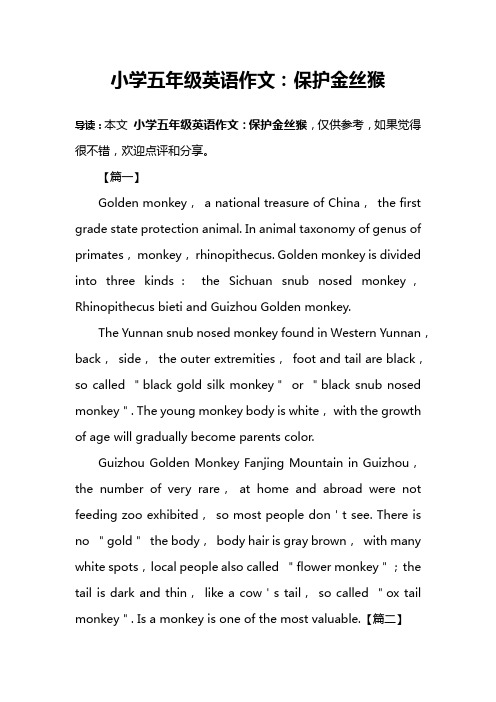
通过上述分析,我们可以清楚地看到,春节作为中国文化中的重要组成部分,不仅承载着深厚的历史底蕴,还蕴含着丰富的文化内涵和社会价值。无论是家庭团聚还是传统的庆祝活动,都体现了中国人对和谐、幸福生活的追求以及对未来的憧憬。希望本文能够帮助大家更好地理解和欣赏春节这一独特的文化现象。
推荐阅读》未经允许不得转载:» 春节英语作文带翻译(春节主题英语作文附翻译)

 佰一阅读网
佰一阅读网

